|
Icon
|
Project type and supervisor
|
Project title and brief description
(Click title for details) |
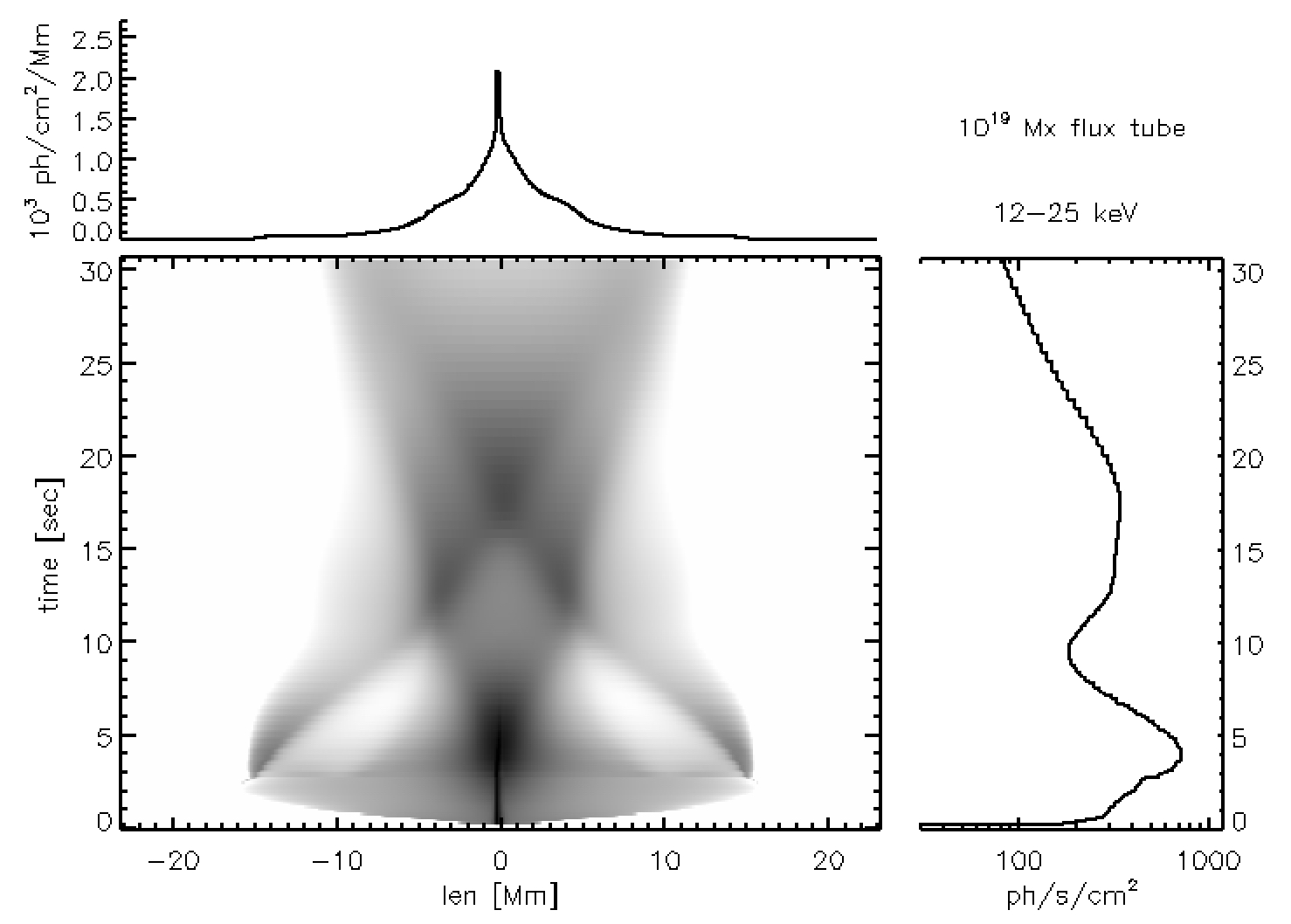
|
Modeling with
Dana
Longcope
|
Simulating A Solar Flare
Solar flares occur when a large amount of energy is converted into X-rays, heat, and supersonic fluid motion. Prior
to the flare this energy is stored as magnetic field filling the atmosphere above sunspots and related features called
active regions. The energy is released suddenly when an electric field changes the connectivity of several coronal
magnetic field lines, which then retract rapidly. The fluid in these field line moves faster than the speed of sound
and therefore creates shocks, which are believed to heat the plasma to tens of millions of Kelvins. In this project
we will run numerical simulations to model this process.
|

|
Data analysis with
Jake Parker
and
Charles Kankelborg
|
Explosive Events with IRIS
Solar explosive events (EEs) are line broadenings observed in transition region emission lines, at temperatures
of 20,000K - 250,000K. It is widely believed that EEs are signatures of magnetic reconnection in the solar
atmosphere. In this project, we will analyze far-ultraviolet spectra and images
from the Interface Region Imaging Spectrograph (IRIS) to study reconnection in the solar transition region.
|
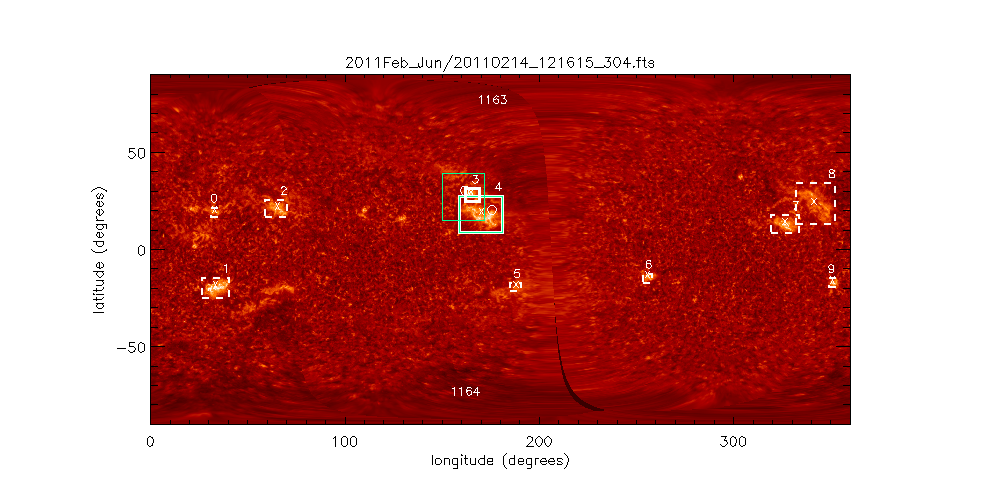
|
Data analysis with
Jiong Qiu
and
Chunming Zhu
|
Evolution of Solar Active Regions on the Far Side
To understand and predict solar activity, magnetic field measurements are essential. The Solar
Dynamic Observatory has provided magnetic field measurements but only in the hemisphere facing
the Earth. The STEREO mission launched in 2006 carries two spacecraft that observe the Sun
from different views. In this project, we will analyze ultraviolet images of
the Sun taken by these two spacecraft, and study evolution of solar active regions
when they are behind the Earth view.
|
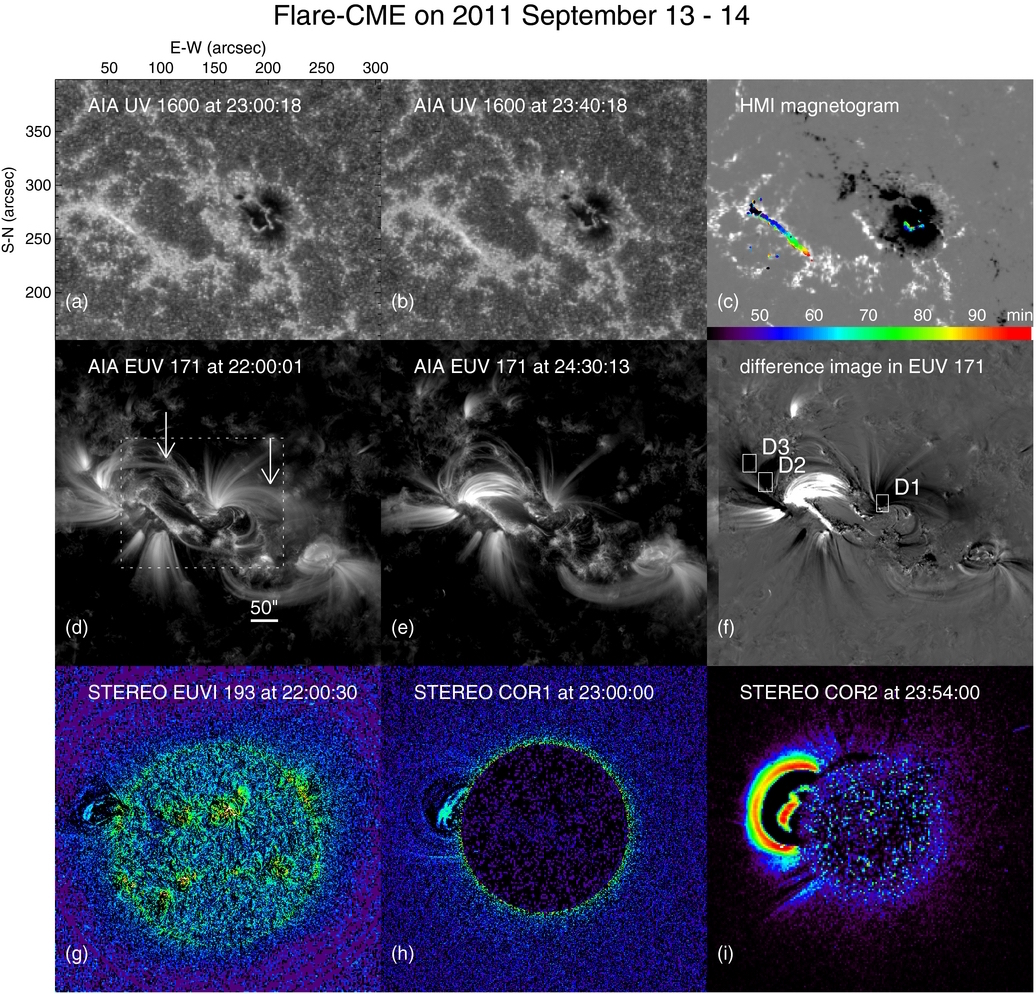
|
Data analysis with
Jiong Qiu
and
Dana Longcope
|
Measuring Magnetic Reconnection in Solar Flares
Solar flares are energetic events in the solar atmosphere. During a flare, a physical process
called magnetic reconnection restructures magnetic fields in the solar corona, forming
closed magnetic loops and sometimes large scale structures called flux ropes, and releasing
free magnetic energy in these structures. In this project, we will analyze solar flare observations
in the ultraviolet wavelengths to measure properties of magnetic reconnection and its role
in energizing flare loops and flux ropes.
|
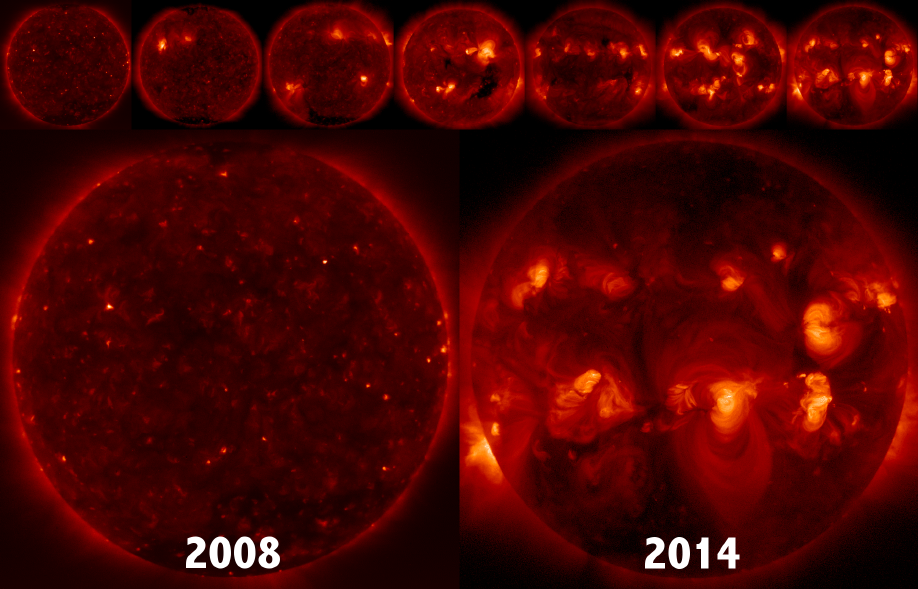
|
Data Analysis with
Aki Takeda
and
Chunming Zhu
|
Solar Soft X-ray irradiance with Hinode/XRT
Radiations of the Sun in different wavelengths vary in a 11-yr cycle, which is
the solar activity cycle. Montana State University is home of Hinode/XRT Synoptic Composite
Image Archive with soft X-ray observations of the Sun taken from 2006 to
present. In this project, we will analyze these observations to derive
long term variations of solar soft X-ray irradiance, and study its
spatial distribution. Student will also have opportunities to learn operation of an
international satellite like Hinode.
|
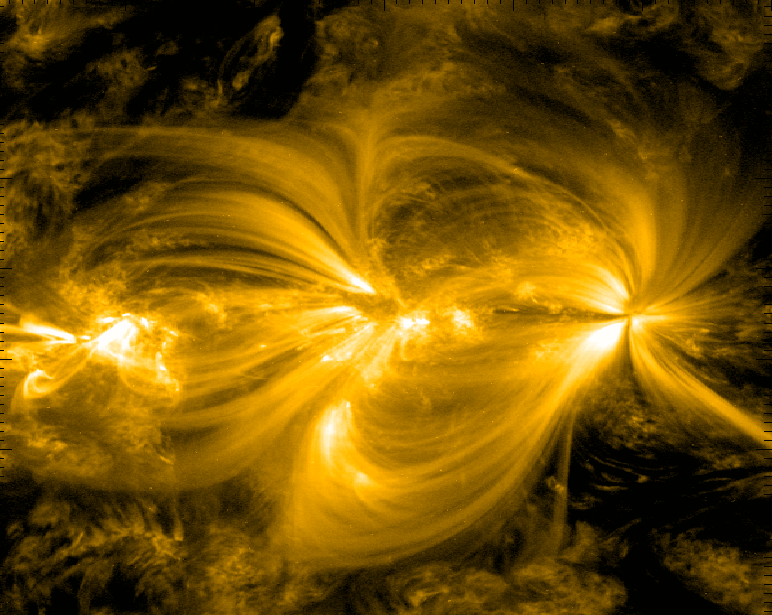
|
Modeling with
John Unverferth
and
Dana Longcope
|
Modeling the Effects of Magnetic Field Variation on Solar Flares
Solar flares occur when a large amount of energy is converted to heat and fluid motion. Prior to the
flare this energy is stored in a magnetic field filling the
atmosphere. The energy is released suddenly when an electric field changes the connectivity of magnetic
field lines in the corona. Solar flares occur in field lines which are weakest at the apex, and stronger
at the feet. In this project, student will work to match numerical results from simulations with observational
data.
|
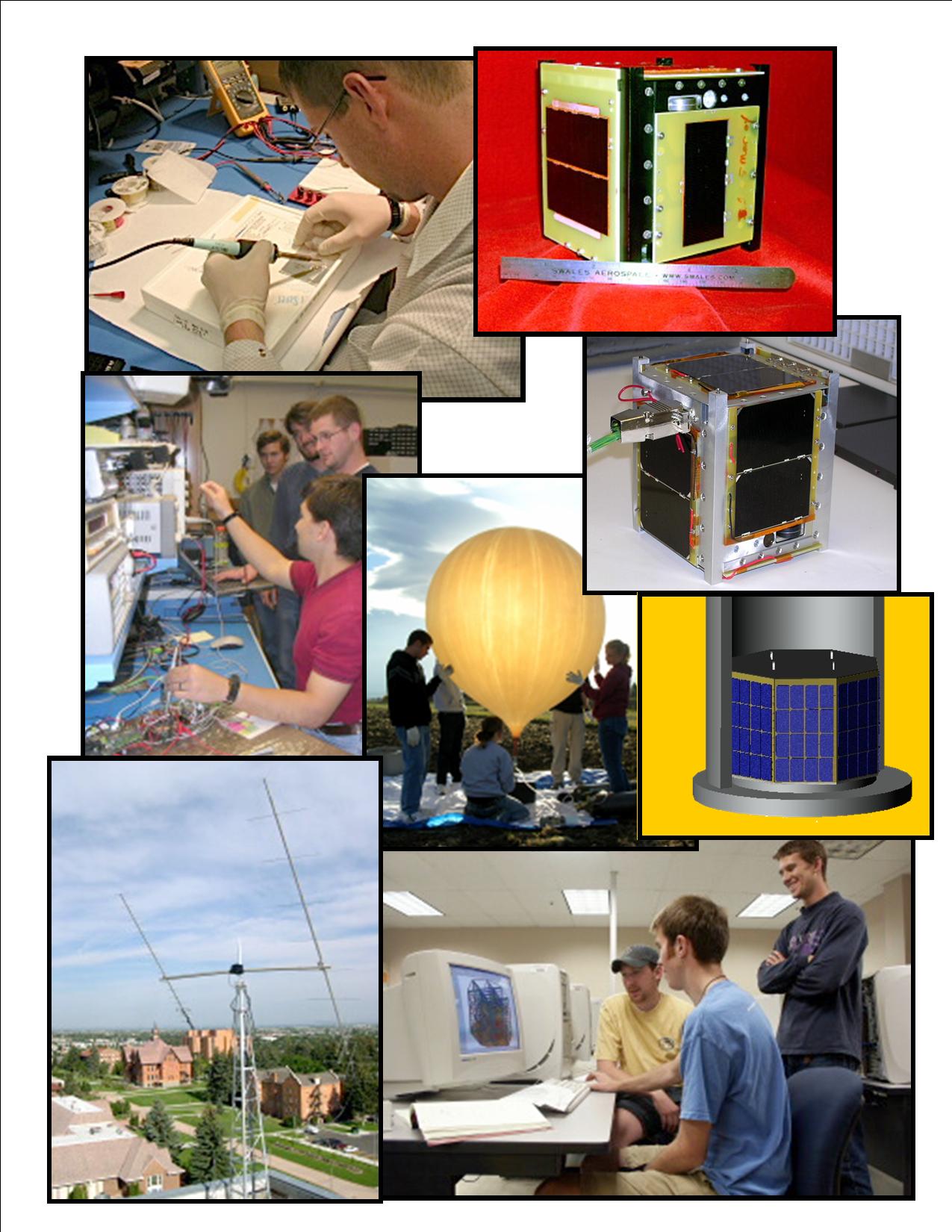
|
Hardware development with
John Sample
|
Space Hardware Development: Space Flight Systems for Space Science
Join our Small Satellite Team for Summer 2017! MSU's Space Science and Engineering Laboratory (SSEL) involves science and engineering students in highly responsible roles associated with the development of space flight systems for scientific applications. The student(s) will develop spaceflight hardware through design, development, and testing as a member of an interdisciplinary project student team. Participants must be U.S. citizens.
|





